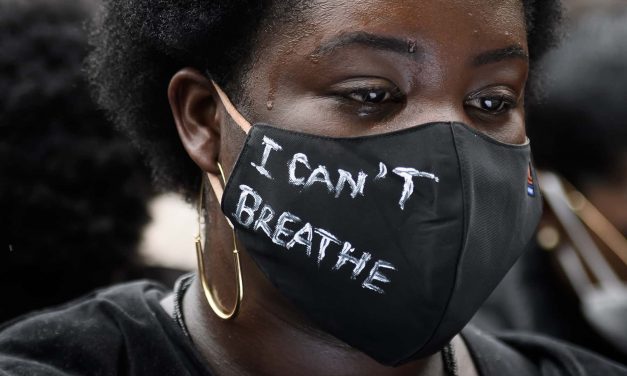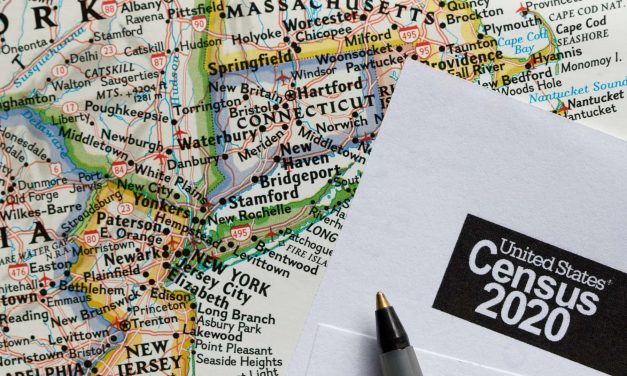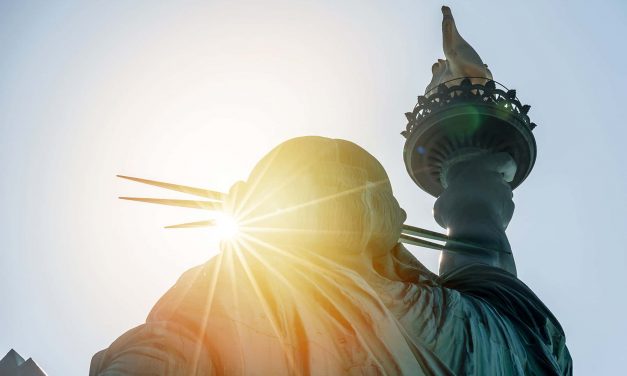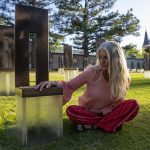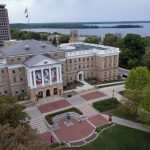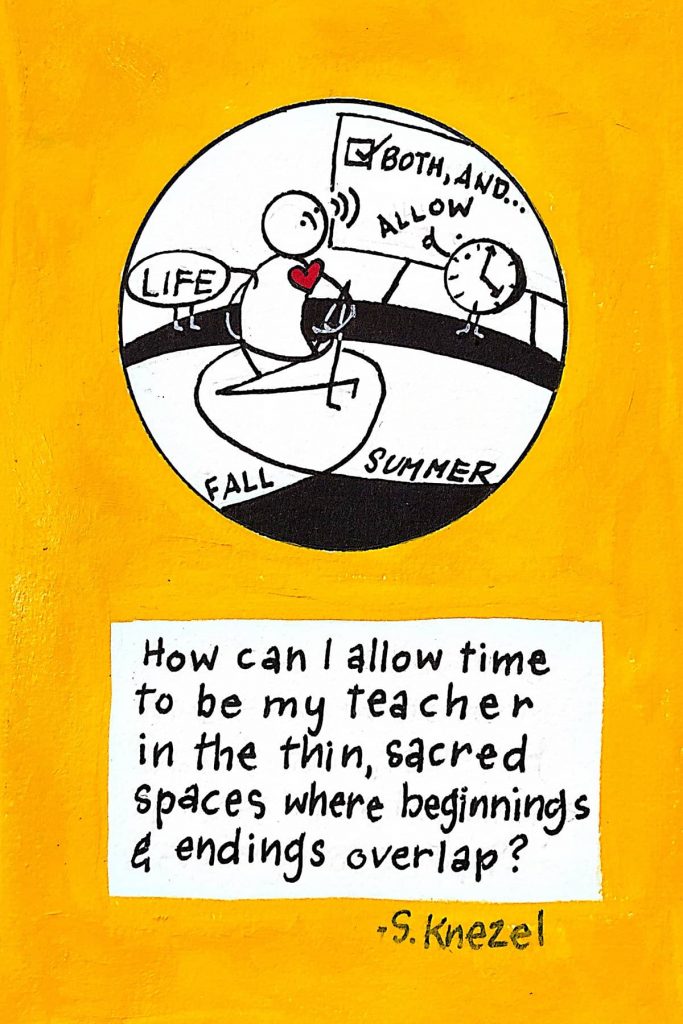A system broken by design: How to close the racial health gap for communities affected by COVID-19
By Tamra Burns Loeb, Adjunct Associate Professor – Interim, UCLA School of Medicine; and Dorothy Chin, Associate Research Psychologist, UCLA School of Medicine The COVID-19 pandemic has exposed the reality that health in the U.S. has glaring racial inequities. Since March, people of color have been more likely to get sick and more likely to die from COVID-19 infection because they have been living and working in social conditions that worsen their physical health and mental health. These conditions are rooted in structural inequalities that are also responsible for the severity and progression of COVID-19. While the issues are...
Read More

